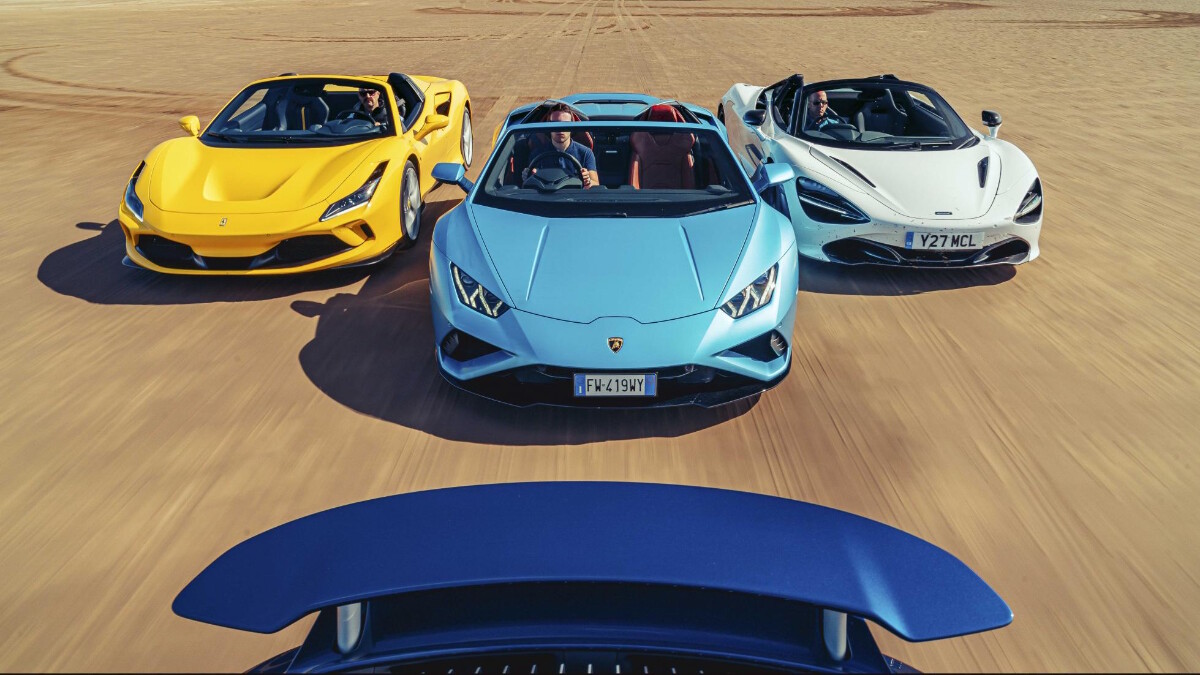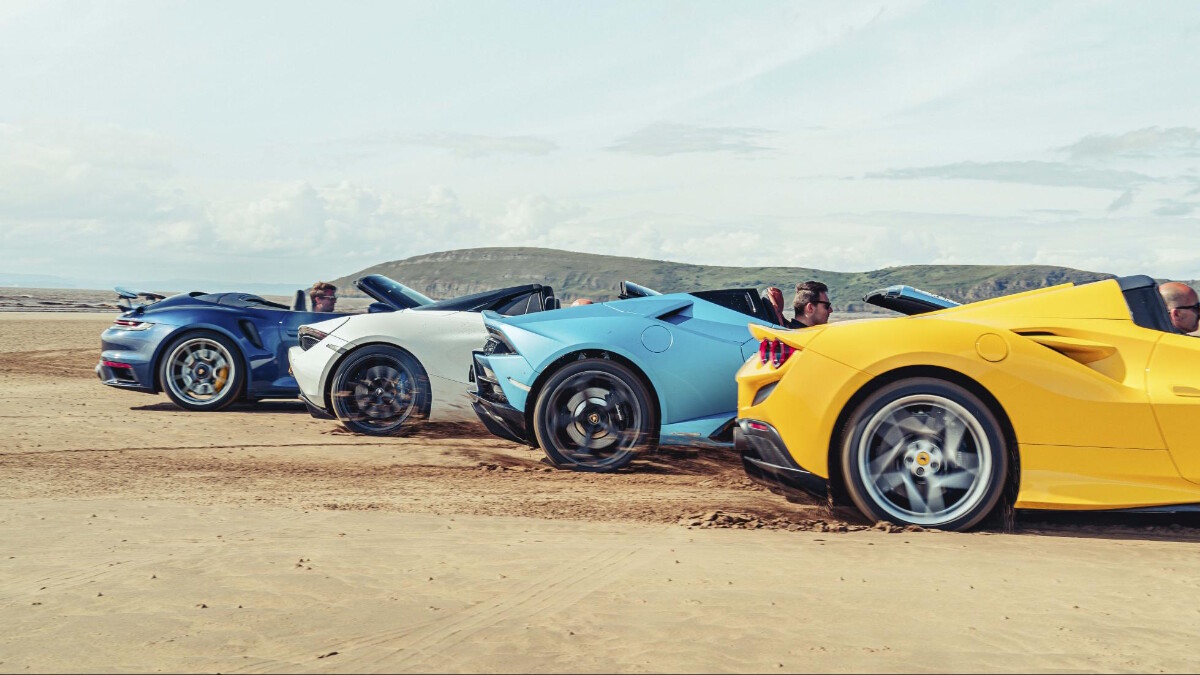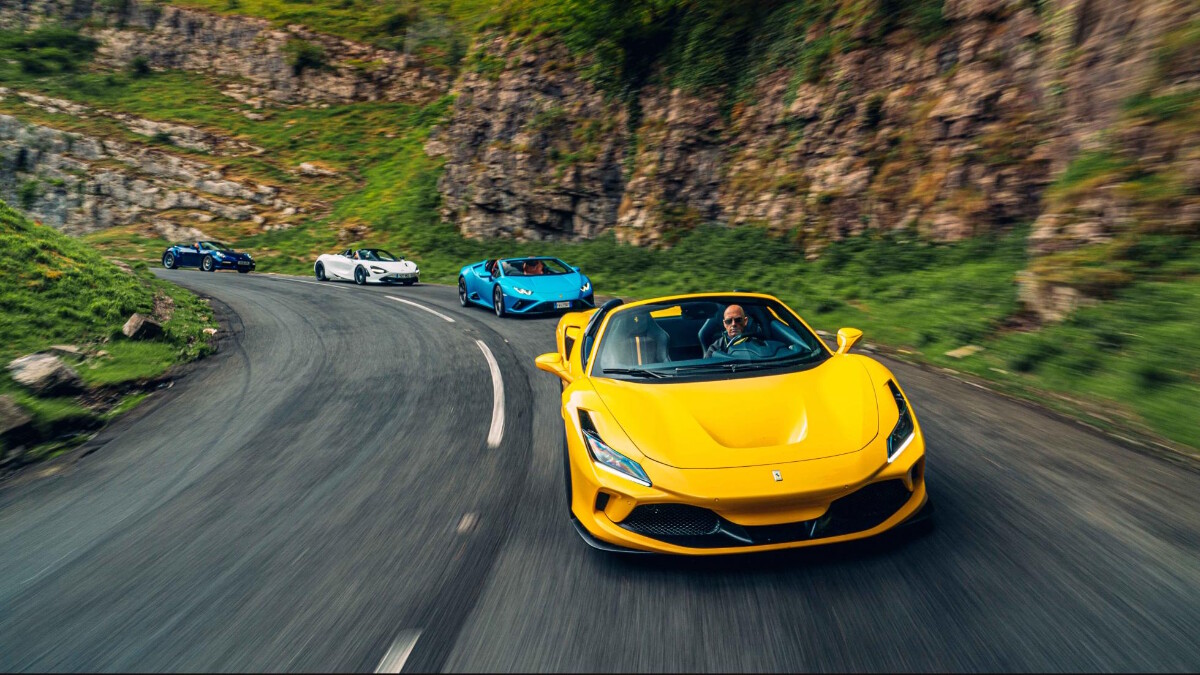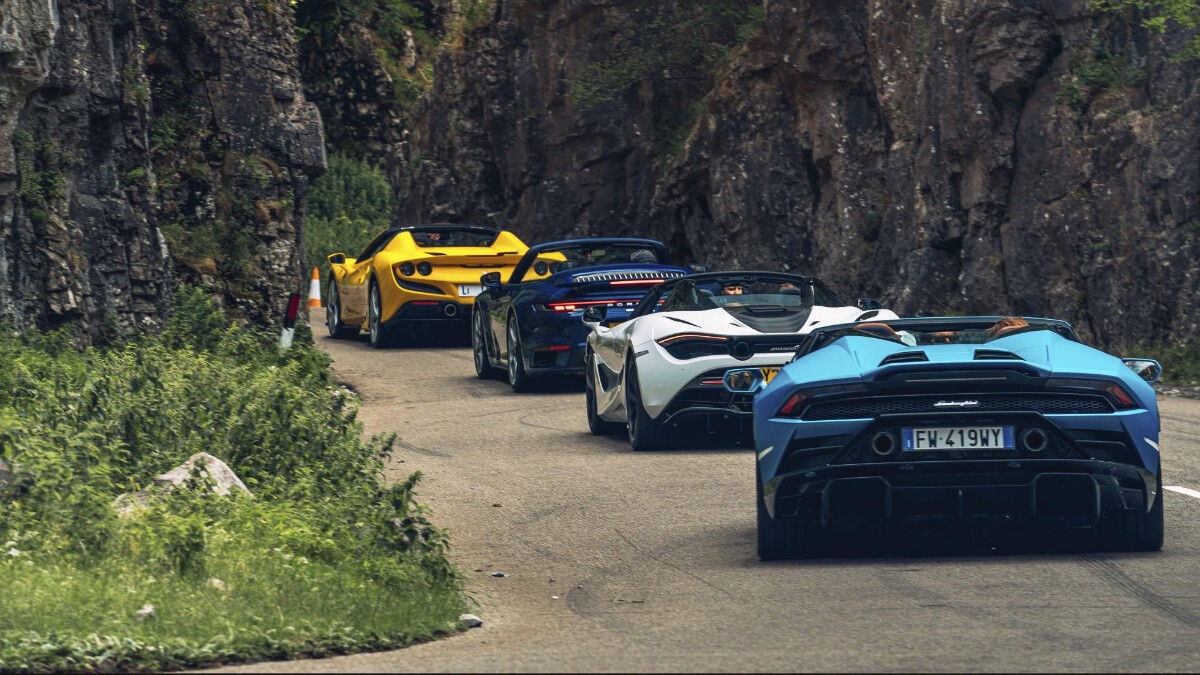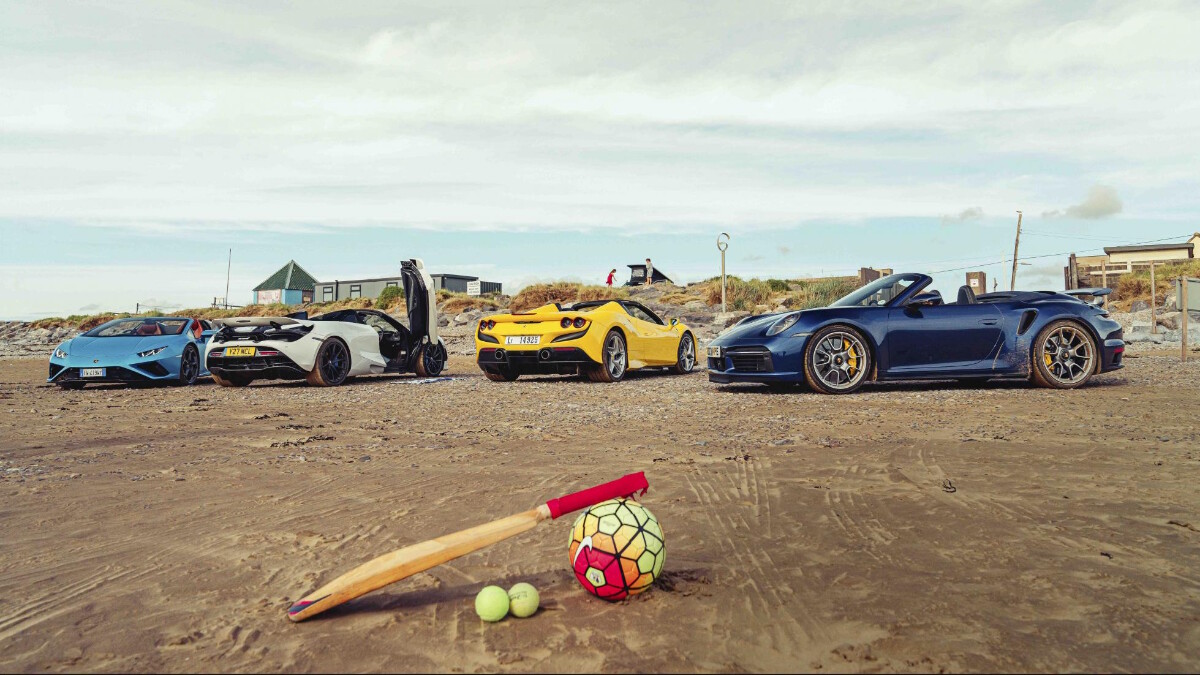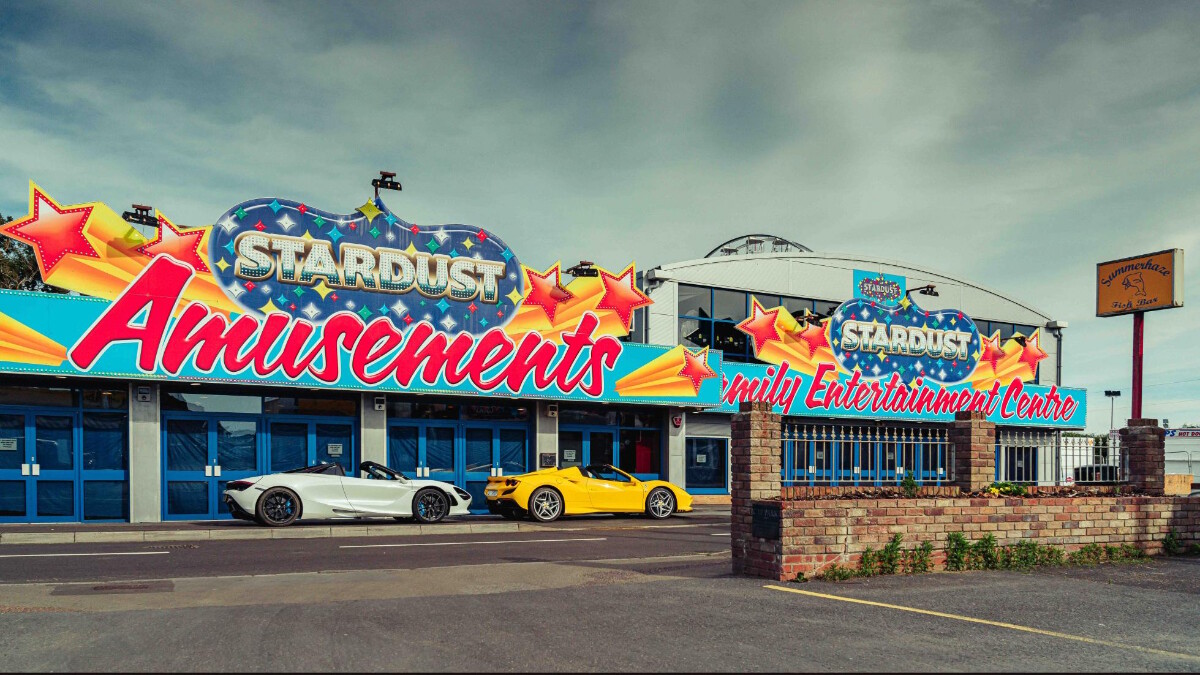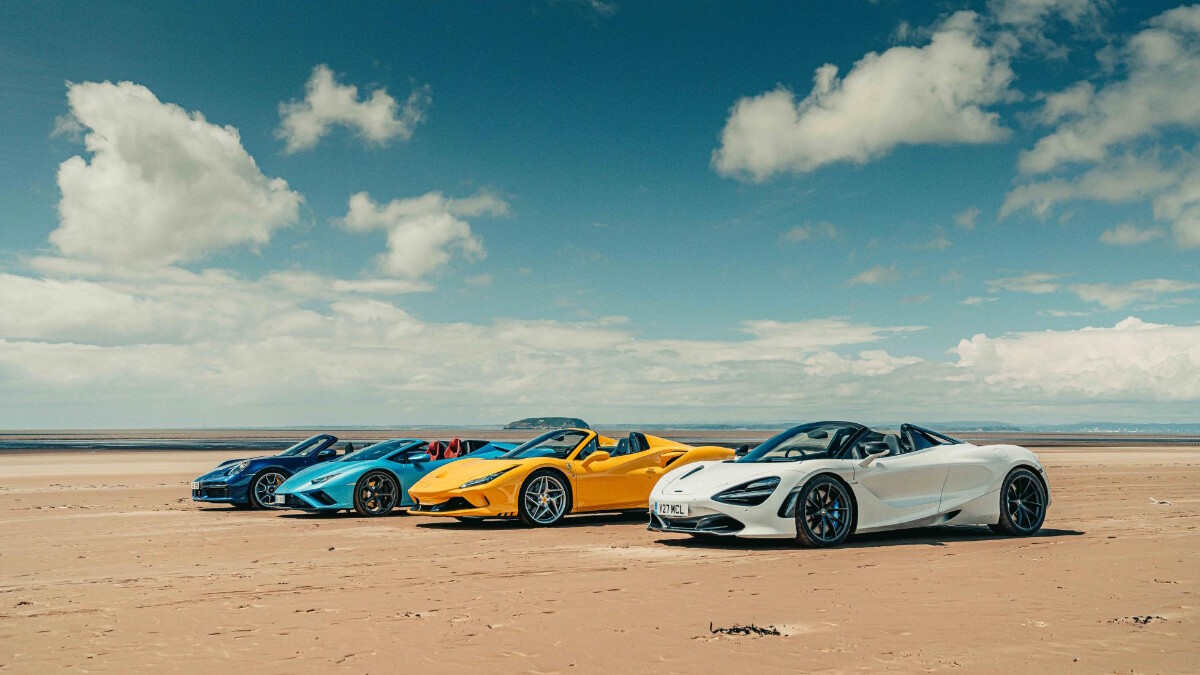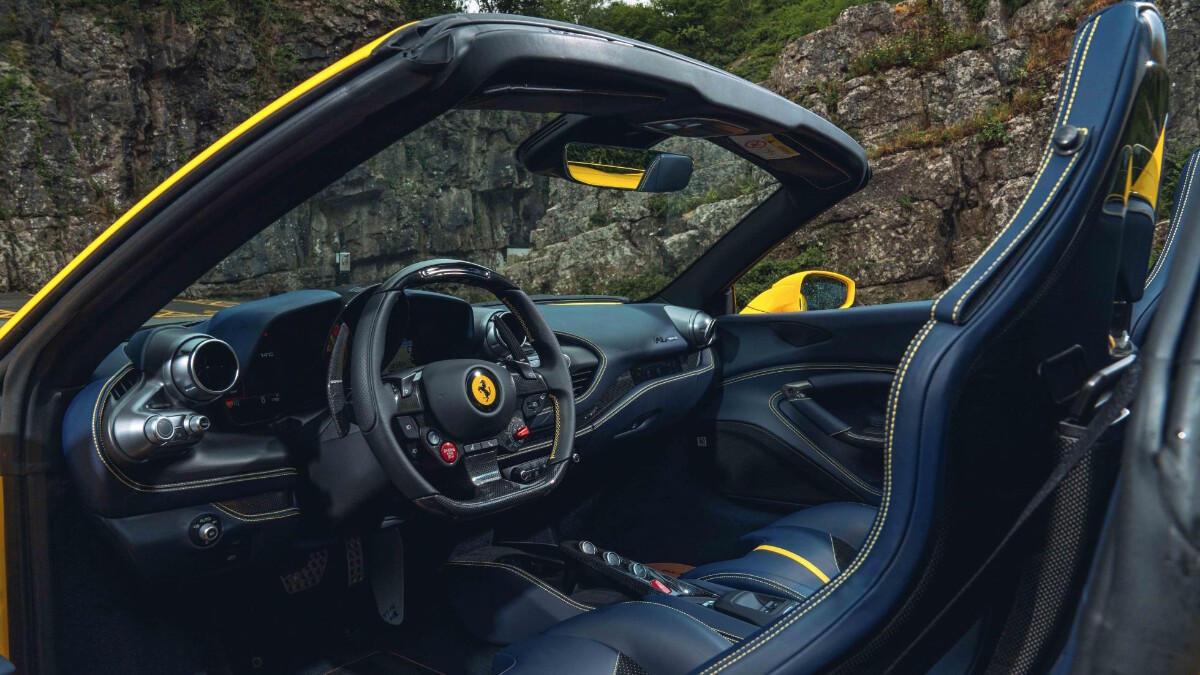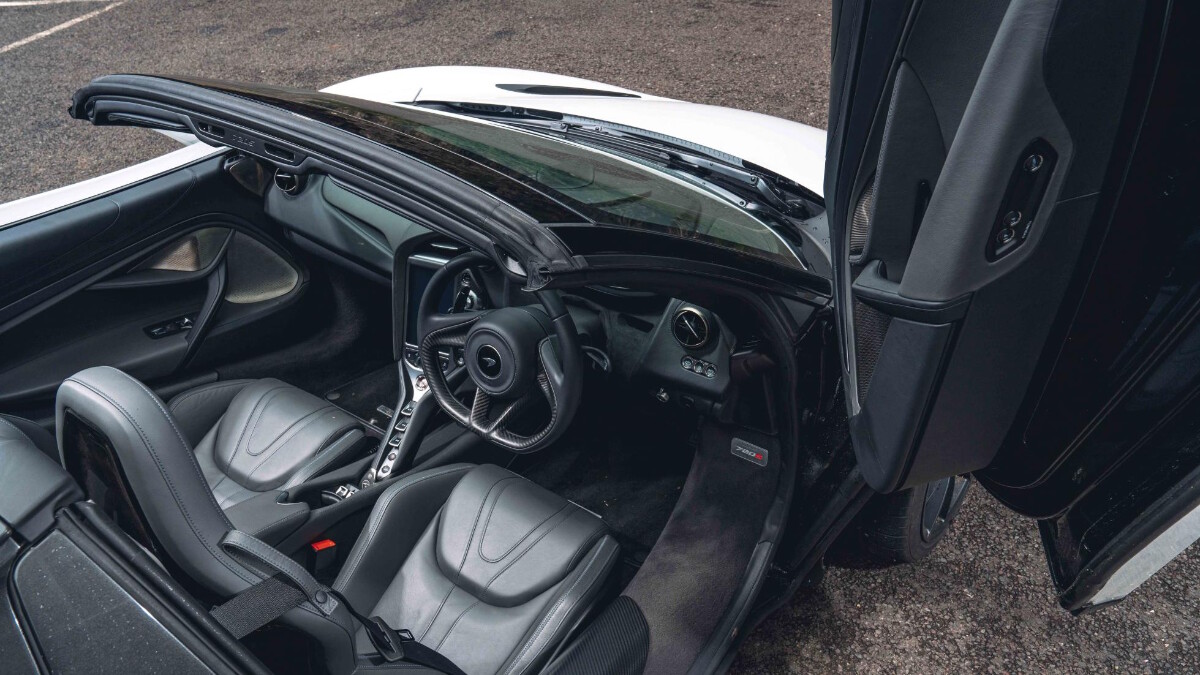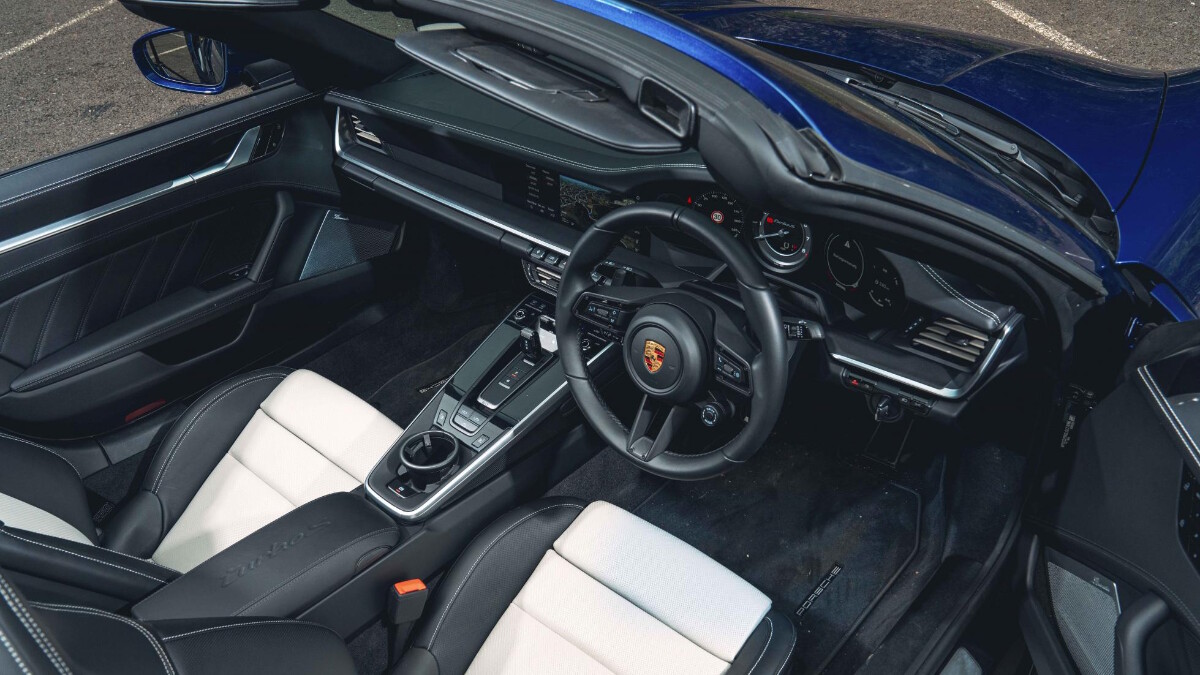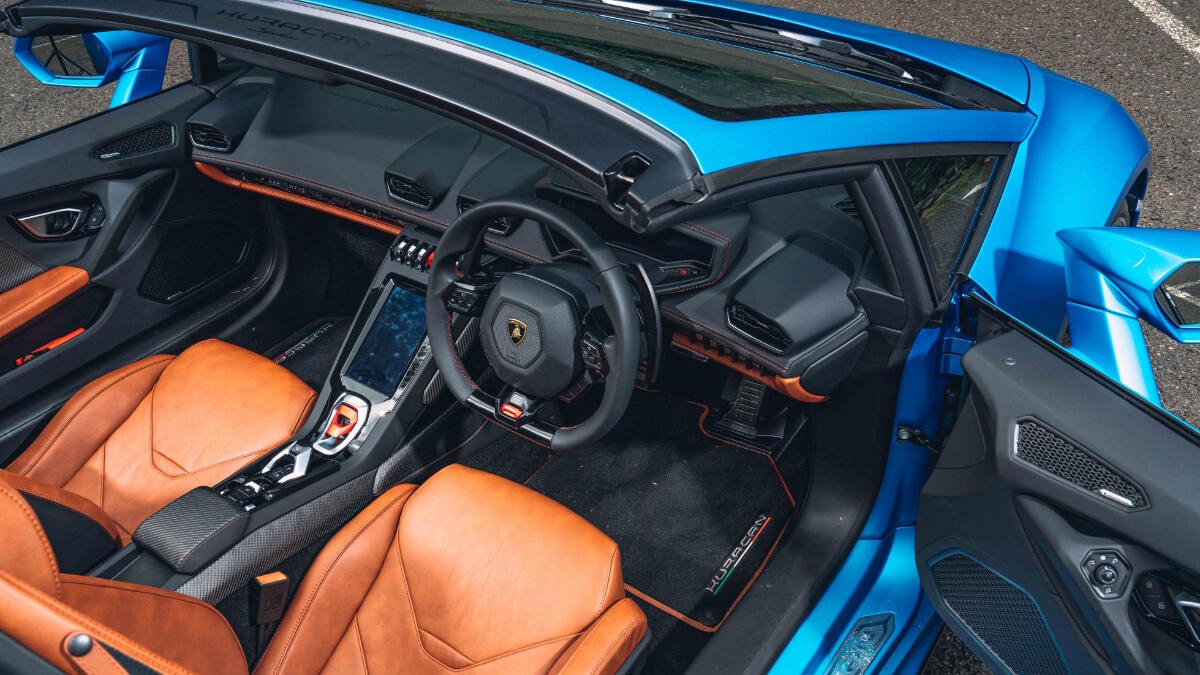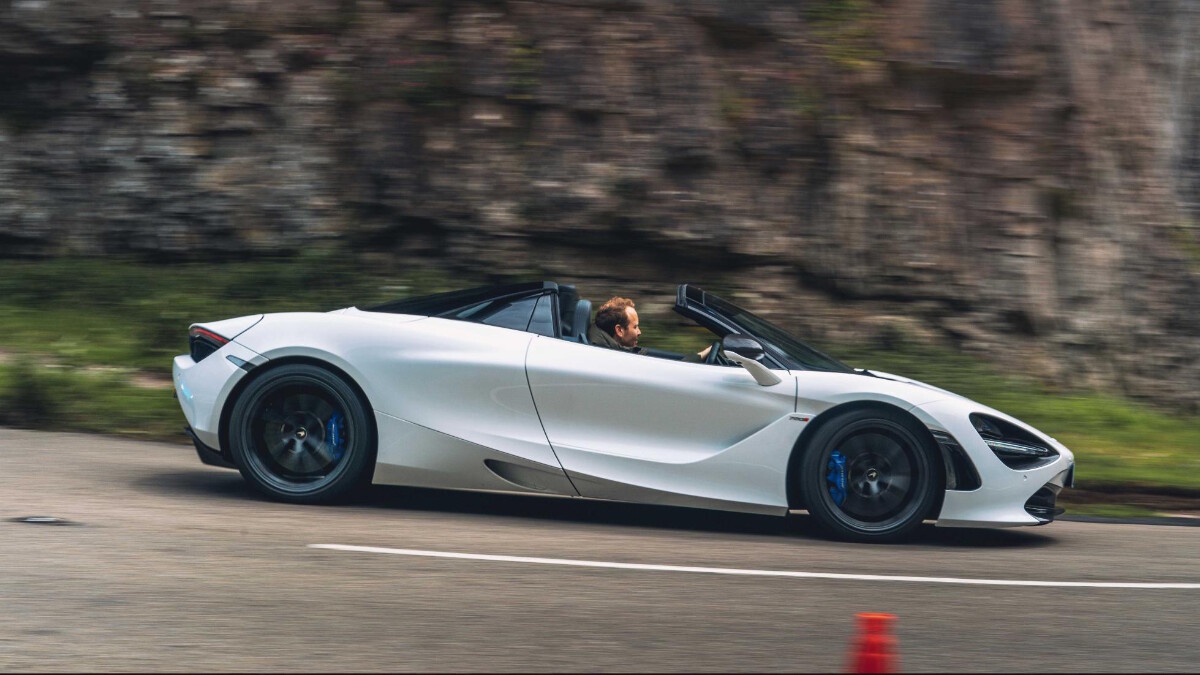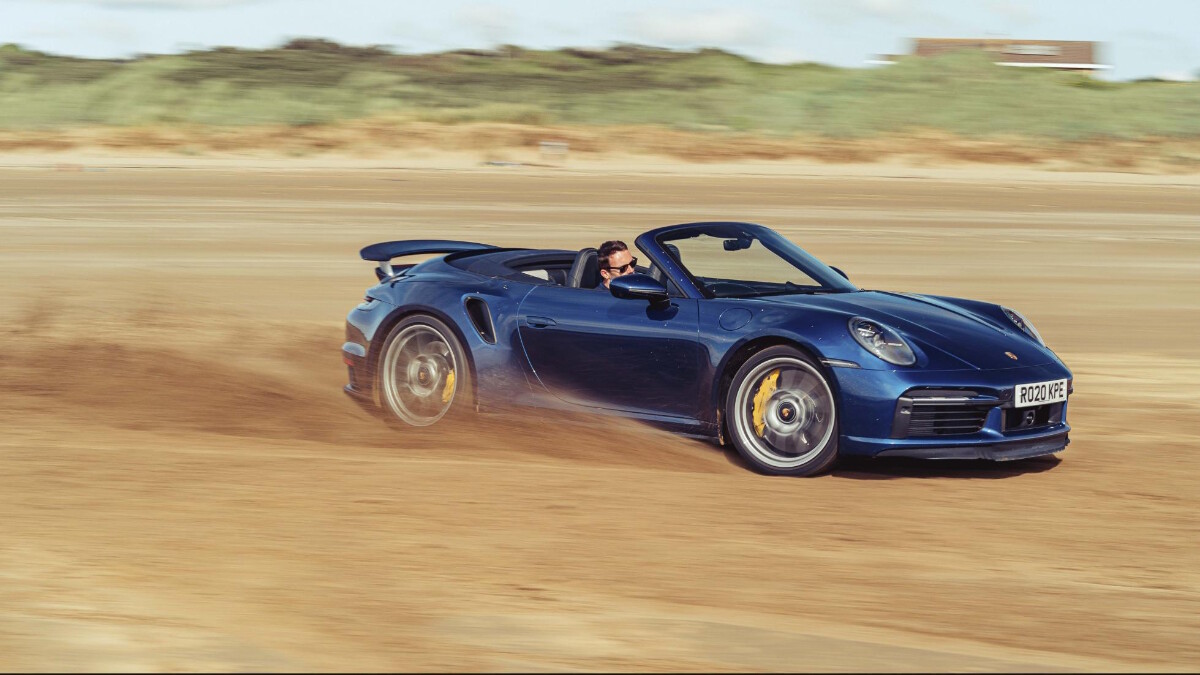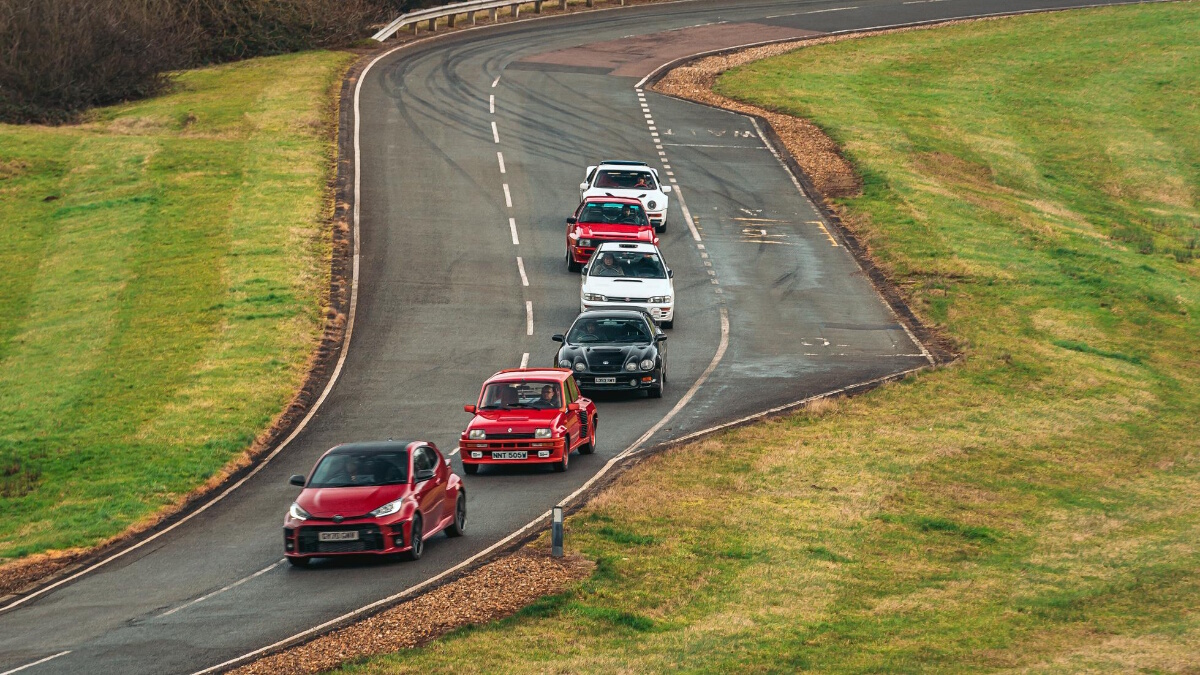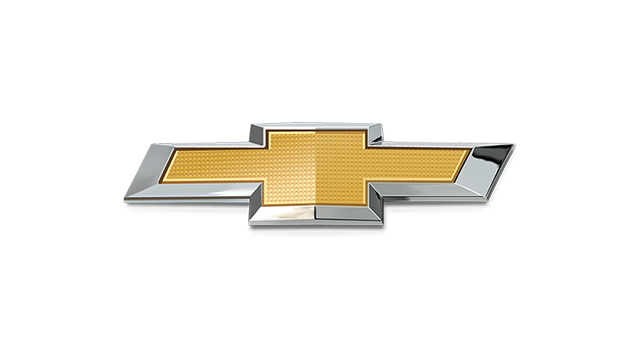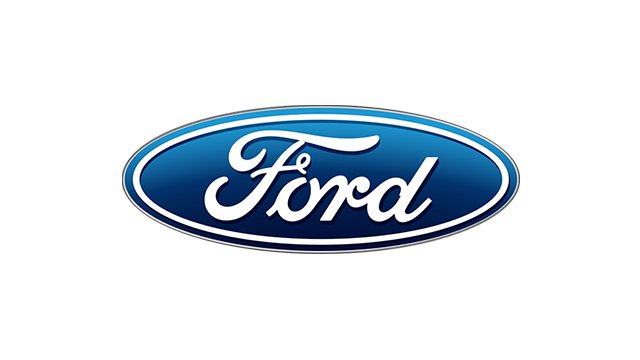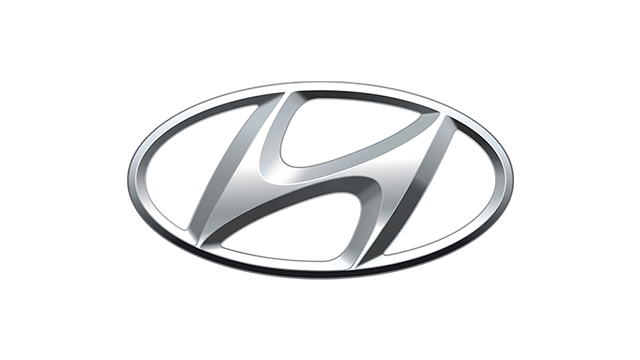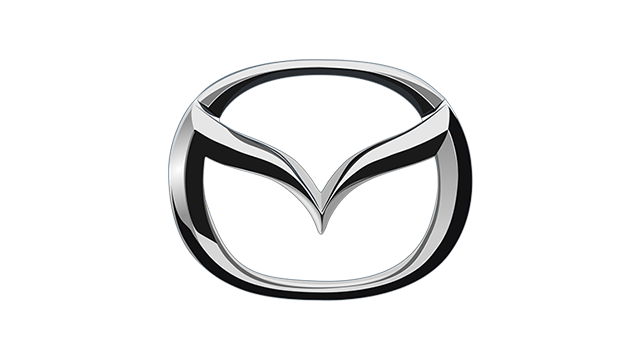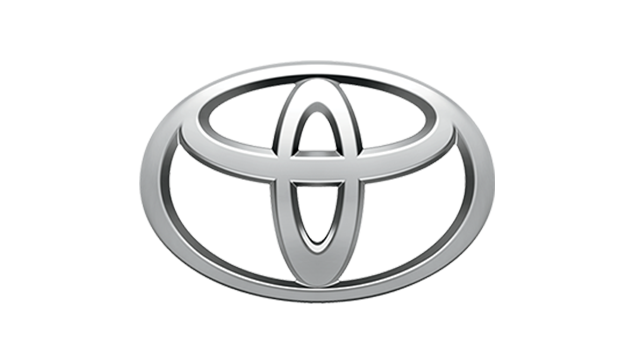“Are you single?” The words are directed at staffer Rowan Horncastle, who’s been cultivating what he refers to as a “Swedish billionaire” look during lockdown. The rest of us refer to it as “’70s TV presenter,” and will do doubly now it seems to have irritatingly attracted the right kind of attention. Charlie Turner and I—15 years his senior, the former afflicted with an entirely voluntary Mexican moustache, the latter with a dome not of his own choosing, but so burnished and rounded it would make a Byzantine cathedral jealous—look on.
“You realize,” twitches the moustache, as we watch Rowan sashay off across the sand, “that you and I are now too old to pull off the yellow Ferrari roadster thing.” A discussion ensues. Under 35s only is the conclusion. Maybe 40 at a push if you go for navy blue. Same applies to the Lambo, with the added proviso that you must also be short. If not, your head pokes out the top like a whack-a-mole. Or, if you’re me, something else entirely. The McLaren, that’s a bit more grownup, and you’re fine to the grave in the Porsche.
I am making a point here. These are supercars. The only thing that separates them from their coupe cousins is that the roofs come off. And yet this small fact means we view them entirely differently. No longer are they steely-eyed, sinewy driving machines—now they’re just another means of conveying your wealth, along with your daft watch and sockless loafers.

